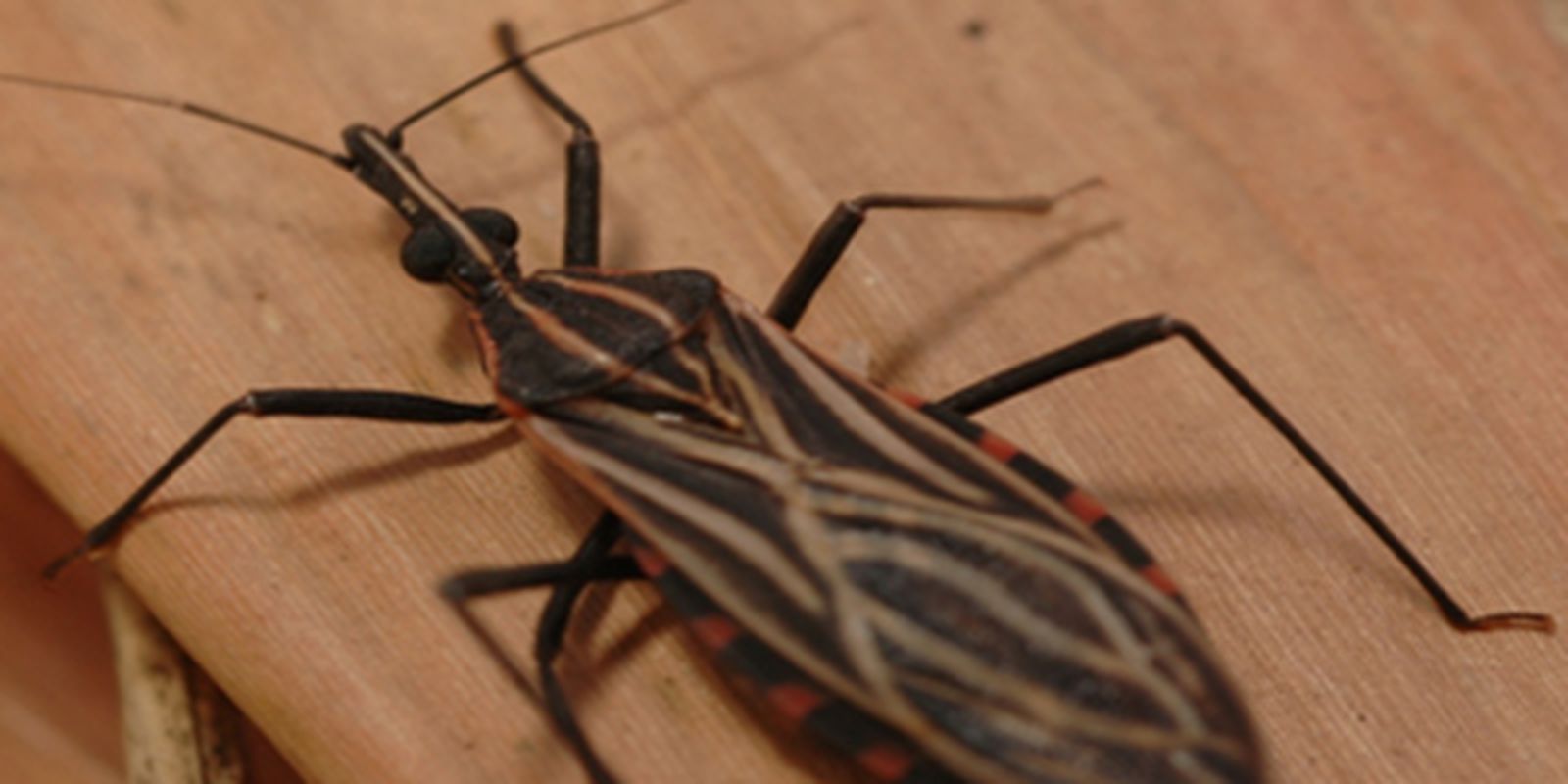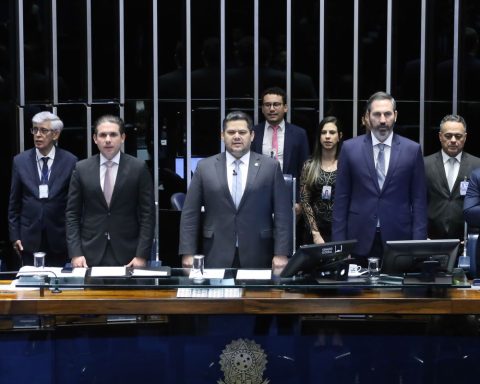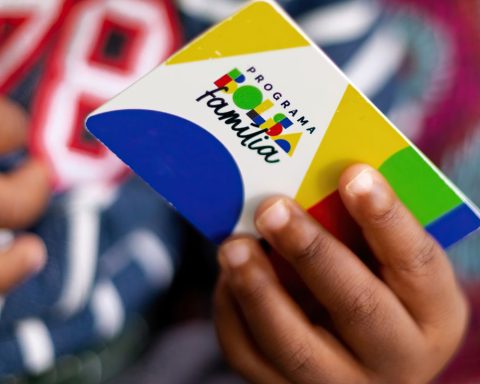The low occurrence of Chagas disease among indigenous peoples in the Amazon may have a genetic explanation, points out study published in the journal science advances. According to the scientific work, a genetic variant, present in most individuals analyzed in the region, plays an important role in resistance to infection by the parasite that causes the disease.
Chagas disease is transmitted by an insect – a bed bug popularly known as kissing bug or hickey. As soon as the kissing bug finishes feeding, it defecates, eliminating the protozoa and putting them in contact with the victim’s wound and skin, transmitting the virus. trypanosoma cruzi, which causes Chagas disease. The disease can cause heart, digestive or neurological problems.
The study analyzed more than 600,000 genome markers from 118 people from 19 indigenous populations, which represent most of the territory of the Amazon, both in Brazil and in other South American countries that are home to the forest.
Researcher from the Institute of Biosciences at the University of São Paulo (IB-USP) Kelly Nunes explains how the indigenous people adapted. “The American continent was the last one occupied by modern humans and has a wide variety of environments. This certainly caused selective pressure on these peoples and induced adaptations, like the one we are seeing now”, highlights Kelly Nunes, who shares first authorship of the study with Cainã Couto Silva, a doctoral student in the area of genetics and evolutionary biology at the Instituto de Biociências da USP.
Using a variety of techniques, the researchers found differences in genes involved in metabolism, the immune system and resistance to infection by parasites such as trypanosoma cruzi, which causes Chagas disease. One of the most frequent variants, present in the gene known by the acronym PPP3CA, occurs in 80% of the analyzed individuals.
The variant is also present in other populations, however, at a much lower frequency: 10% in Europe and 59% in Africa.
“When we analyze the endemic regions of the disease in South America, the area of the analyzed populations is precisely where the disease occurs less often. This could be due to a low frequency of barbers, but this is not the case, as this is where they have the greatest diversity”, says Tábita Hünemeier, a professor at the IB-USP who coordinated the study.
According to Tábita, it is still not possible to state that there is genetic adaptation of the indigenous people to other endemic diseases of the Amazon Forest. “Specifically for the reaction to the protozoan and what was tested, also at the cellular level, was trypanosome infection, so we cannot extrapolate to other diseases, not in the way this study was designed”, he clarifies.
The work integrates the Native American Genomic Diversity projectsupported by the Research Support Foundation of the State of São Paulo (FAPESP).
Protection
To understand the role of the PPP3CA gene in the interaction with the trypanosoma cruzi, the researchers converted pluripotent stem cells, which can be transformed into any other human cell, into cardiac cells. One part had PPP3CA gene expression reduced by about 65%. Another part performed the normal expression.
In cells with reduced expression of the gene, the infection capacity of the protozoa was approximately 25% lower than in those with normal expression of PPP3CA.
“This shows that the gene, in its most common condition in other populations, favors the replication of the protozoan. This factor probably led the ancestors of Amazonian indigenous people who had the protective variant to be less infected and survive the disease longer, passing this trait on to their descendants,” said researcher Kelly Nunes.
About 30% of patients with Chagas disease develop the chronic form of the disease, which leads to heart failure and even death.
“It doesn’t mean that native Amazonian peoples never have Chagas disease, but those who are infected might not develop this chronic and even deadly phase as often,” clarifies the study’s lead author.
Professor Tábita Hünemeier points out that the research brings knowledge that can help the development of new treatments. “The study at least establishes that there is a genetic factor responsible for the infection, that is, that there are variations in the population and that some individuals are more susceptible than others. From the moment you start to see a genetic profile, you are already leaving what was thought to be an environmental issue, which opens up new perspectives.”
Other diseases
However, not all variants found are necessarily advantageous for current indigenous people. The analyzes also found genetic traits that favor the onset of metabolic and heart disease.
Studies of Brazilian indigenous populations show high rates of obese people and heart disease. Among the Xavante, for example, 66% suffer from obesity, diabetes and coronary artery disease.
neglected disease
Chagas disease is listed among the 20 tropical diseases that the World Health Organization (WHO) considers neglected. This set of diseases mainly affects poor people and does not have specific treatments without strong side effects.
According to the Pan American Health Organization (PAHO), currently, in Latin America and the Caribbean, 59 million children live in areas at risk of infection or reinfection by geohelminths, or intestinal parasites, and approximately 5.7 million people are infected with Chagas disease, with an estimated 70 million at risk of contracting it.
For the study coordinator, Tábita Hünemeier, the survey is important mainly because it shows the disease in a population that is neglected. “It is important because it is a study with a population that is neglected, both from a genetic point of view, as a medical study and also a disease that is neglected, from an international point of view, are important factors that lead this study to have a such a huge impact.”
















